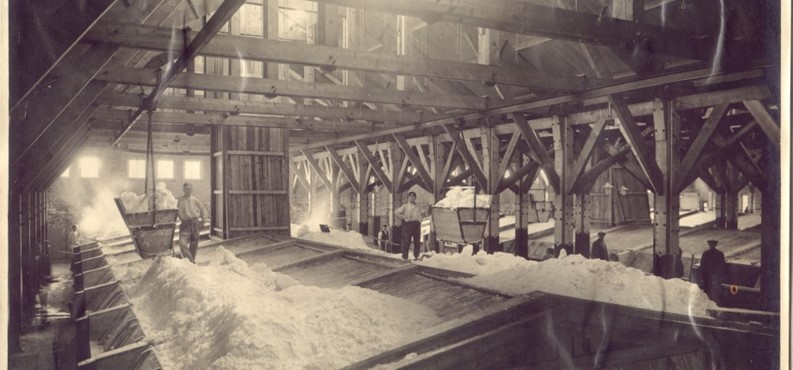
Our heritage
Salt: historically important to mankind
Salt. It might not seem particularly interesting, or have any historical or strategic importance. But the opposite is true. Salt has always been important to mankind, for preserving food as well as flavoring it. It helped ensure food was available out of season and allowed it to be transported over greater distances. Salt is the only rock that humans can eat, and it has been a valuable commodity throughout history. Roman legionaries were even partly paid in salt. The word "salary" (salarium in Latin) is derived from the word salt. Salt production sites and salt trade routes have always been of great strategic value. In the 19th century, salt became essential to the development of the chemical industry. High-purity salt was used to produce essential salt derivatives such as chlorine and soda. Nowadays, salt caverns are also used to store energy.
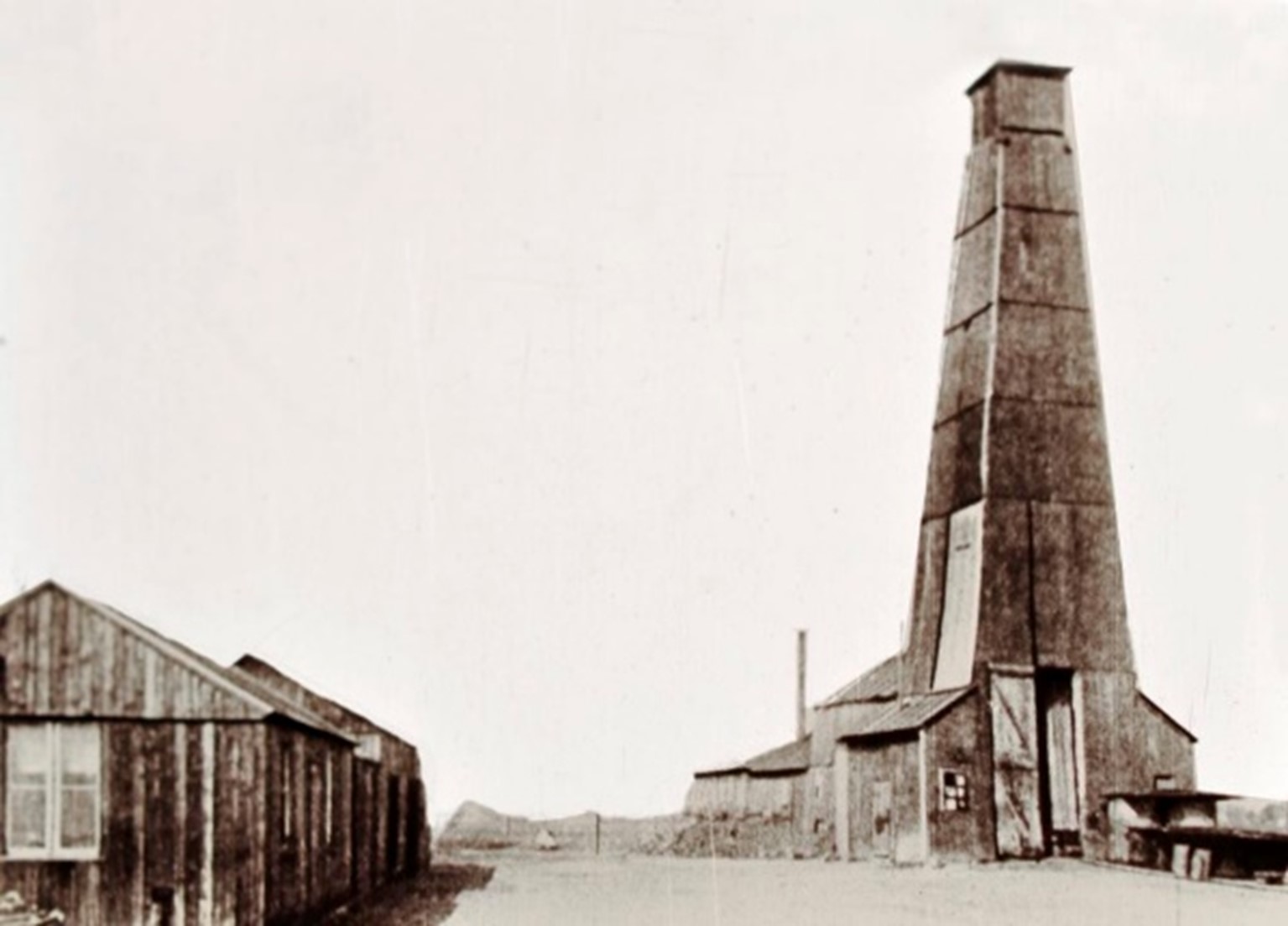
Discovery of salt in Twente in 1886
Nobian has its roots in 1886, when Jacob Pieter Vis read in the newspaper that a well dug in Twente (in the east of the Netherlands) produced salt water instead of fresh.
Knowing that there was a lot of salt underground in Germany and guessing that some of it must be under Dutch soil, Vis got some partners to join him in setting up a new salt production company.
In 1911, they applied for a concession to drill for salt water, but it wasn't until after the First World War that salt exploration really took off. The Dutch government realized the country was overly dependent on imports, especially for raw materials. Salt was essential for food preservation and industrial production, but other countries controlled the supply. In 1918, Parliament passed the Salt Exploration Act, which led to the establishment of the Royal Dutch Salt Company (Koninklijke Nederlandse Zoutindustrie), now known as Nobian.
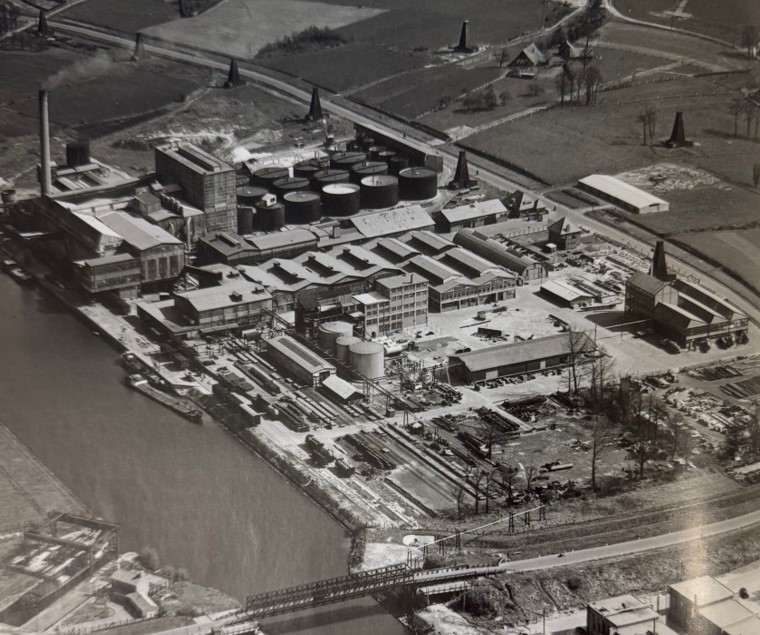
Growing in the Netherlands
The first discovery was made on March 17 in 1919, when salt was found in the ground near Usselo, on the outskirts of Enschede, at a depth of 325 meters.
The first salt evaporator was put into operation on August 25 the same year. The brine that came out of the ground was transported through a 2,200-meter pipeline to the Boekelo plant.
Production at Boekelo ended in 1952, but not before new salt and chemical plants had been built near Hengelo on the banks of the Twente Canal, an important waterway in the region for transporting goods.
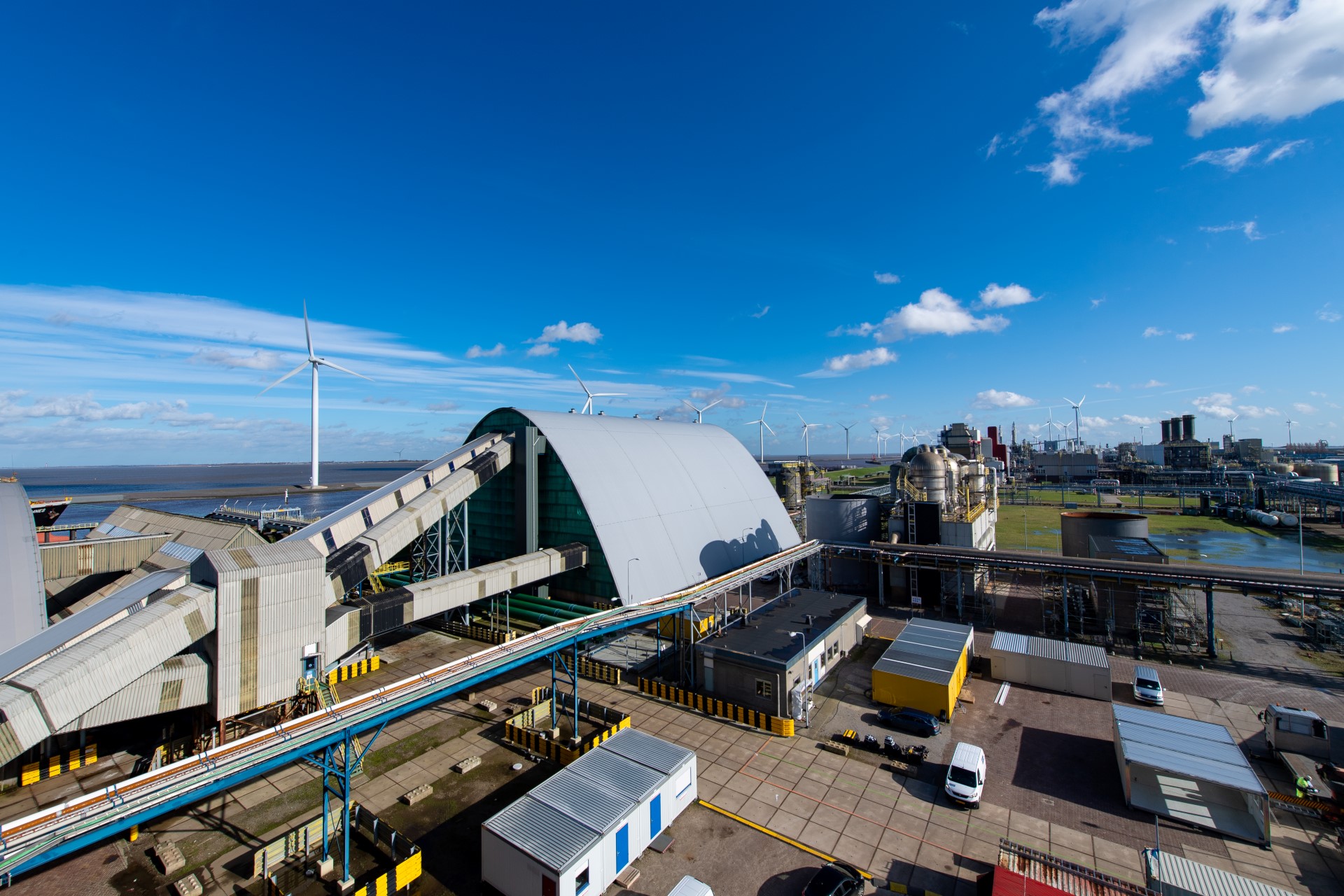
In 1956, construction began on a modern chlorine electrolysis plant in Delfzijl (near Groningen), where salt had also been discovered nearby. After the first salt was mined near Winschoten, salt production began in Delfzijl in 1959.
The expansion in Delfzijl was soon followed by the construction of a new chlor-alkali plant in Rotterdam (Botlek). In 1961, the first ship with salt arrived there and the first chlorine was produced.
Today, we are still located in Hengelo, Delfzijl and Rotterdam. Over the years, many of the locations have grown into sizeable chemical clusters, of which we are proud to be a part.
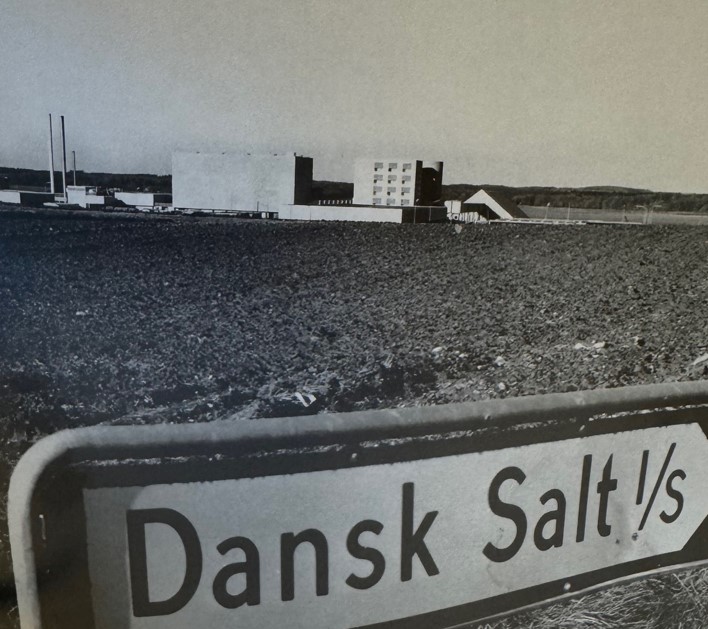
Expanding abroad
Growth ambitions were not limited to the Netherlands. In 1960, a partnership was formed with the German company Preussag leading to the establishment of Electro Chemie Ibbenbüren. An electrolysis plant was built in the town of the same name (Ibbenbüren), on the Mittelland canal which offered the possibility of supplying salt by ship from Hengelo or Delfzijl.
Meanwhile, KNZ also had its eye on Denmark. In 1960, together with the Danish state-owned company Kryolit, Dansk Salt was established. KNZ provided the technological knowledge, Kryolit the mining expertise. On Jutland, Mariager was chosen as the site to build a new vacuum salt plant, and in 1966 the first Danish salt was produced there.
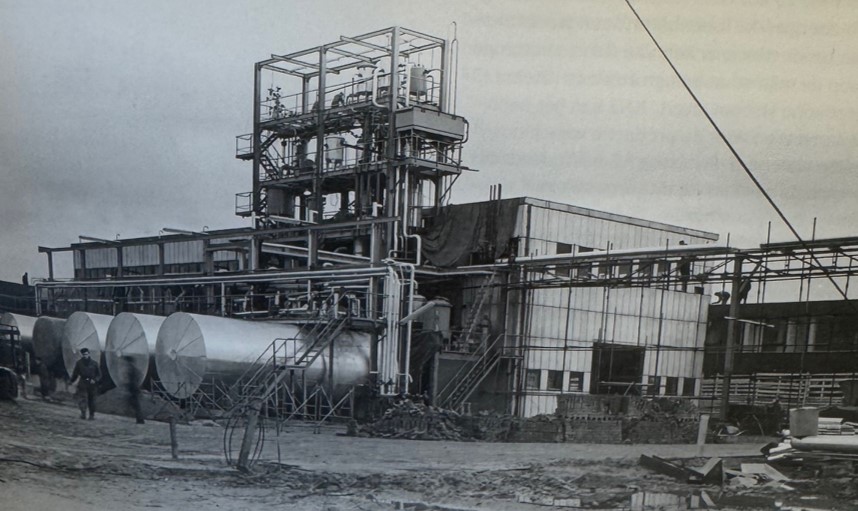
After Ibbenbüren, further growth opportunities were explored in Germany. These presented themselves in the east of the country (after the unification of East and West Germany), where Bitterfelder Chlor Alkali GmbH was taken over in 1997. A new membrane electrolysis plant was built in Bitterfeld-Wolfen with the motto “Fur eine chlorreiche Zukunft.'
For the most recent acquisition in Germany, we travel to Frankfurt. There, the chlorine-based activities of LII Europe were acquired in 2009. The company is located at the former Hoechst industrial complex, where the first chlorine was produced as early as 1912. The takeover further strengthened KNZ's position as a European leader in chlorine and caustic soda.
Today, Ibbenbüren, Bitterfeld, Frankfurt and Mariager together with the Dutch production sites still form the beating heart of Nobian.
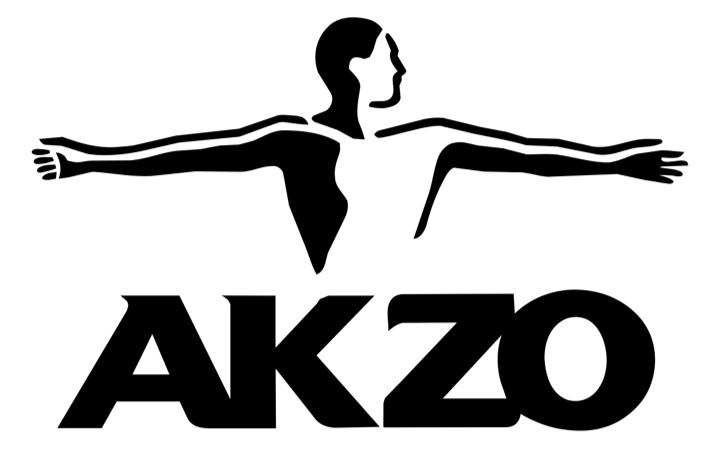
Part of Akzo
From 1969, much of the growth of our company took place under the flag of Akzo, the Dutch merged company that, with some 90,000 employees, was one of the country's largest and leading multinationals.
In 2004, Sweden's Nobel Industries joined Akzo and the company continued under the name AkzoNobel, becoming increasingly focused on the coatings market. This led to the sale of the companie's chemicals activities, including the salt business to US investment fund Carlyle and Singapore-based GIC in 2018. The business continued under the name Nouryon.
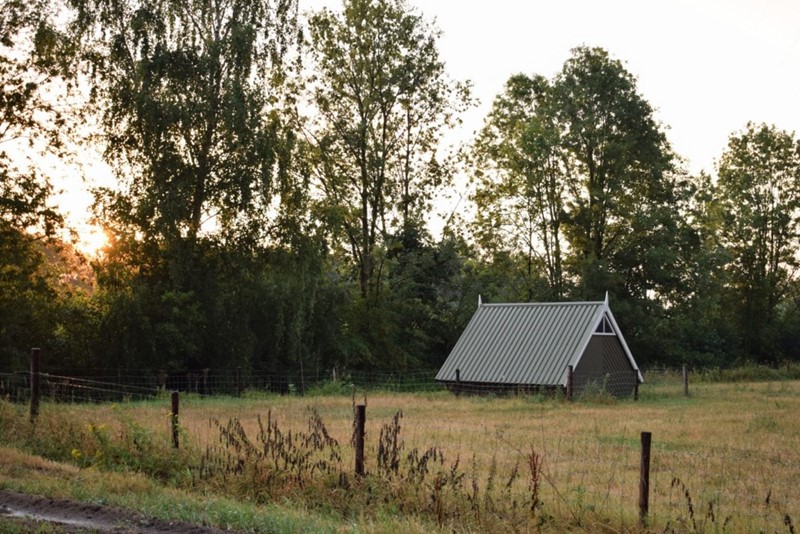
The founding of Nobian
In 2021, under the same ownership, the salt and chlor-alkali business was spun off from Nouryon and Nobian was established as a separate company with its own management and headquarters in Amersfoort, the Netherlands.
With operations in the Netherlands, Germany and Denmark, Nobian is a focused European player and an important supplier of salt and basic chemicals to industries in chemical parks in north-west Europe. Its base is still in the Netherlands, with 50% of its salt supply coming from the Groningen fields and 40% from the Twente area, where the first salt water was discovered in 1886.